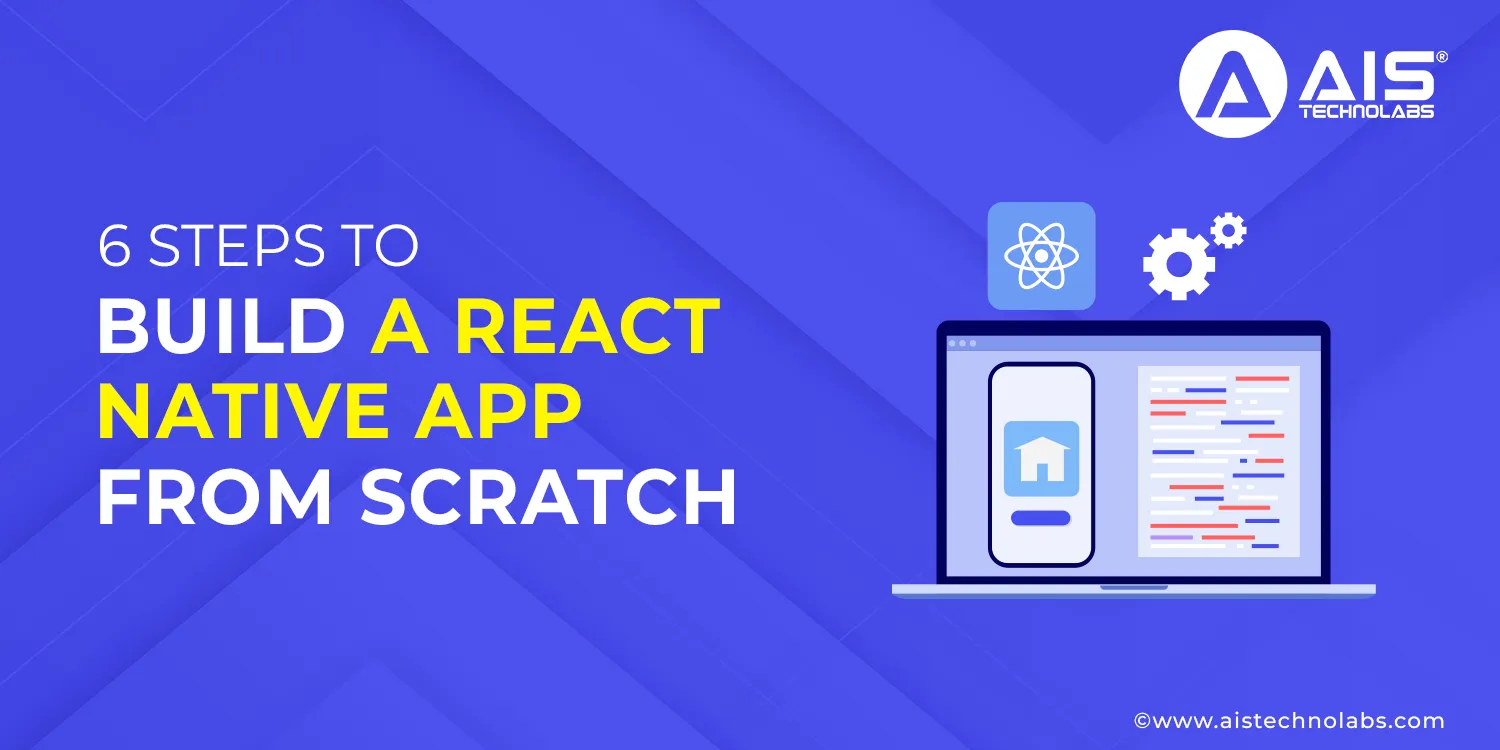Table of Content

Quick Summary
Setting up the Environment for your React Native App Development
Contact Ais Technolabs To Build High-End React Native Applications For Business Growth.
The Steps to build a React native app from scratch
Step 1: Commanding a React Native Application
Step 2. Changing the directory of the project
Step 3. Overviewing the React Native App Structure
- Node_modules: This folder comprises the Create React native application-dependent code but would not be needed as such.
- package.json: Created by NPM, it consists of the Metadata, script, and the required modules for your project.
- .gitignore: This tells Git to overlook certain files and folders in the project.
- App.js File: Undoubtedly the most important, it is the initial point of our application and the major component.
Step 4. Testing your application
- On Android: npx react-native run-android.
- On iOS: npx react-native run-ios.
Step 5. Making the desired changes
Step 6. Debugging and Hot-Reloading
Want To Build Data-Driven And Innovative Applications Using React Native?
Why choose AIS Technolabs for Your React Native App Development Project?
Conclusion
FAQs

James Smith, a seasoned Brand Marketing Manager with over six years of experience, excels in crafting and executing strategic marketing initiatives. With a keen understanding of consumer behavior and market trends, he effectively builds and enhances brand identities. James's expertise lies in developing comprehensive marketing strategies that resonate with target audiences, driving engagement and loyalty. His extensive experience and innovative approach make him a valuable asset in achieving brand objectives and driving business growth.